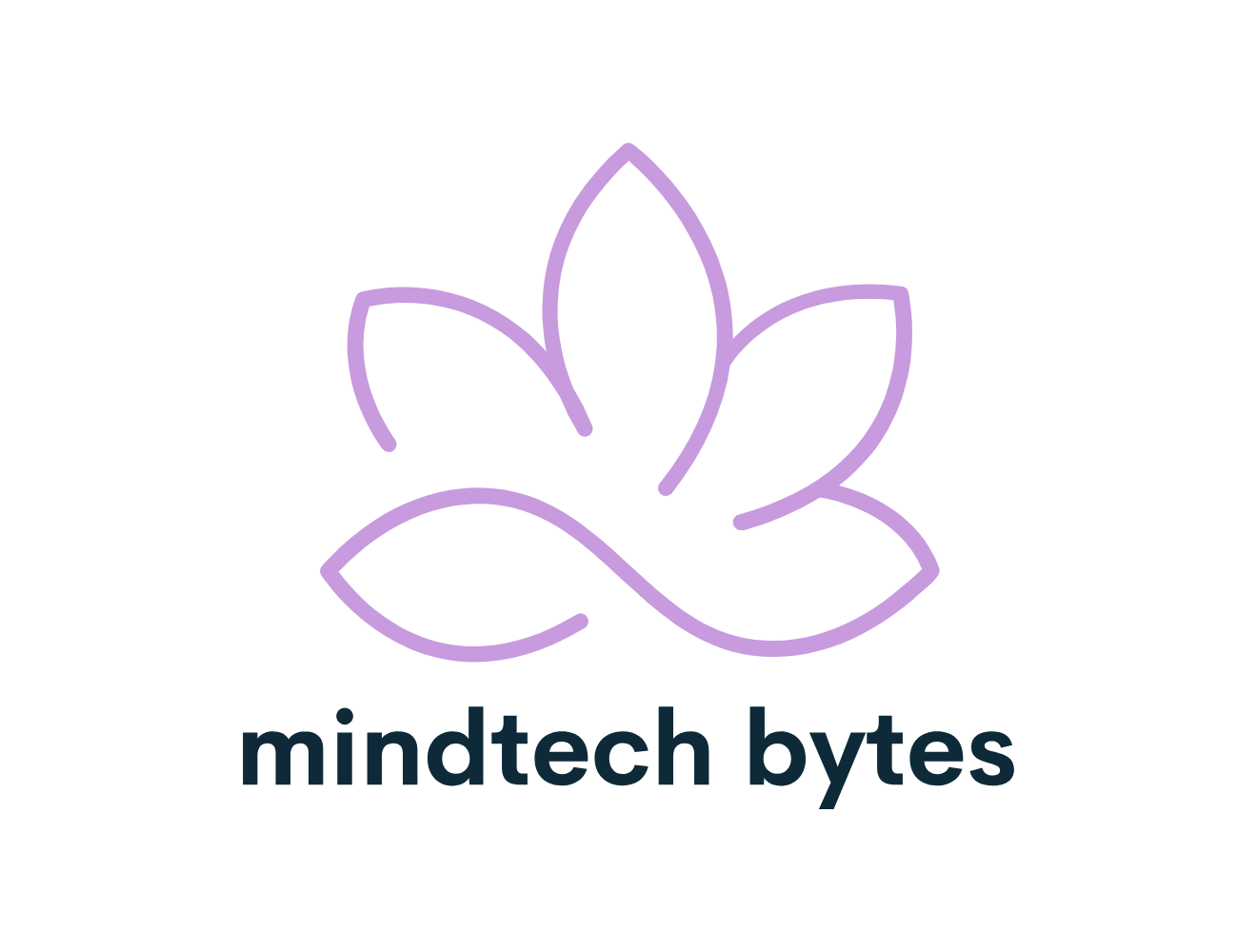In recent years, the importance of mental wellbeing has become increasingly prominent, with many people seeking ways to prioritize their mental health and wellbeing. With the rise of digital technology, a new generation of tools and apps has emerged, designed to help individuals take control of their mental wellbeing. From mindfulness apps to mood-tracking journals, these digital tools are revolutionizing the way we approach self-care and self-improvement.
Anxiety and Depression: The Silent Epidemics
Anxiety and depression are two of the most common mental health conditions affecting millions of people worldwide. These conditions can have a significant impact on daily life, causing feelings of hopelessness, fear, and isolation. Despite the growing awareness of these conditions, many people struggle to find effective ways to manage their symptoms and improve their mental wellbeing.
The Rise of Digital Tools
Enter the world of digital tools, designed to help individuals take control of their mental wellbeing. From meditation apps like Headspace and Calm, to mood-tracking journals like Happify and Moodfit, these tools are providing people with the support and guidance they need to manage their mental health. With the convenience of mobile apps and online platforms, accessing these tools has never been easier.
Mindfulness and Meditation
Mindfulness and meditation have been recognized as effective ways to reduce stress and anxiety. Mindfulness apps like Headspace and Calm offer guided meditation sessions, allowing users to practice mindfulness anywhere, anytime. These apps have been praised for their ability to reduce symptoms of anxiety and depression, and even improve sleep quality.
Mood-Tracking and Journaling
Mood-tracking apps like Happify and Moodfit allow users to monitor and track their emotions, identifying patterns and triggers. This information can be used to develop personalized strategies for managing emotions and improving mood. These apps also offer journaling tools, allowing users to express their thoughts and feelings in a safe and private space.
Community Support
One of the most significant benefits of digital tools is the sense of community they provide. Many apps offer online forums, support groups, and social networks, allowing users to connect with others who share similar experiences. This sense of connection and support can be a powerful tool in the journey towards improved mental wellbeing.
Conclusion
The rise of digital tools has revolutionized the way we approach self-care and self-improvement. From mindfulness apps to mood-tracking journals, these tools are providing people with the support and guidance they need to take control of their mental wellbeing. By leveraging the power of technology, we can work towards a brighter, healthier future, where mental wellbeing is a priority for all.
FAQs
What is the difference between self-care and self-improvement?
Self-care refers to the actions and practices that promote relaxation and stress reduction, such as meditation and yoga. Self-improvement, on the other hand, refers to the process of developing skills and strategies for personal growth and development.
Can digital tools really help with mental health?
Yes, digital tools have been shown to be effective in reducing symptoms of anxiety and depression, improving mood, and promoting overall mental wellbeing. However, it’s essential to remember that digital tools should be used in conjunction with professional help, rather than as a replacement for it.
How do I choose the right digital tool for me?
When choosing a digital tool, consider your personal goals, needs, and preferences. Look for tools that offer personalized guidance, community support, and a range of features and functionalities. It’s also important to read reviews and testimonials from other users to get a sense of the tool’s effectiveness and user experience.
What if I’m not tech-savvy? Can I still use digital tools?
Yes, many digital tools are designed to be user-friendly and accessible, even for those who are not tech-savvy. Look for tools with clear instructions, tutorials, and customer support to help you get started and overcome any challenges you may encounter.
How do I maintain consistency with digital tools?
Maintaining consistency is key to seeing results with digital tools. Set reminders, prioritize your goals, and schedule regular sessions or check-ins to help you stay on track. It’s also essential to be patient and kind to yourself, as developing new habits and routines takes time and effort.
What are some other ways to improve mental wellbeing besides digital tools?
While digital tools can be a powerful resource, there are many other ways to improve mental wellbeing, such as exercise, social connections, and professional help. Consider combining digital tools with other activities and strategies to create a comprehensive approach to mental wellbeing.


